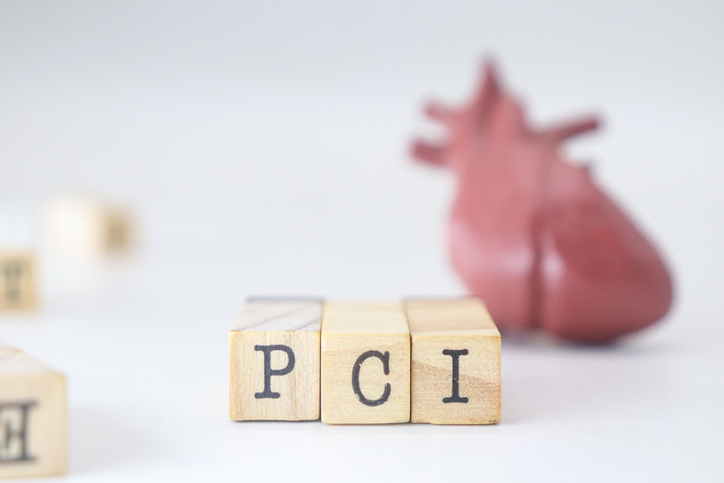A novel substudy of the ILUMIEN-IV trial demonstrates that optical coherence tomography (OCT)-derived virtual flow reserve (VFR) independently predicts 2-year target vessel failure (TVF) after percutaneous coronary intervention (PCI), complementing traditional intravascular imaging-derived anatomic measures, such as minimal stent area (MSA). The findings, published in the Journal of the American College of Cardiology, support the integration of physiology assessment into OCT-guided PCI to optimize procedural outcomes.
Advertisement
The researchers successfully generated vascularized organoids that are scalable and reproducible.
SGLT2 inhibitors are reshaping heart failure treatment—beyond glucose, they’re improving outcomes across the board.
OCTIVUS shows PCI outcomes improve with EAPCI-defined stent optimization, regardless of imaging modality.
GADD45A deletion in mice led to cardiac fibrosis, inflammation, and hypertrophy, highlighting its protective role.
Patients experienced a median 57.6-month delay from first symptoms to ATTR-CM diagnosis, study finds.
MITT and safety data show acoramidis significantly lowers AFib-related events in transthyretin cardiac amyloidosis.
Expert Interviews on Cardiology
Cardio Care Today News delivers the latest medical industry news, giving healthcare professionals the curated content most relevant to their fields and practices.
Get the latest medical updates and insights straight to your inbox.













 © 2025 Mashup Media, LLC, a Formedics Property. All Rights Reserved.
© 2025 Mashup Media, LLC, a Formedics Property. All Rights Reserved.